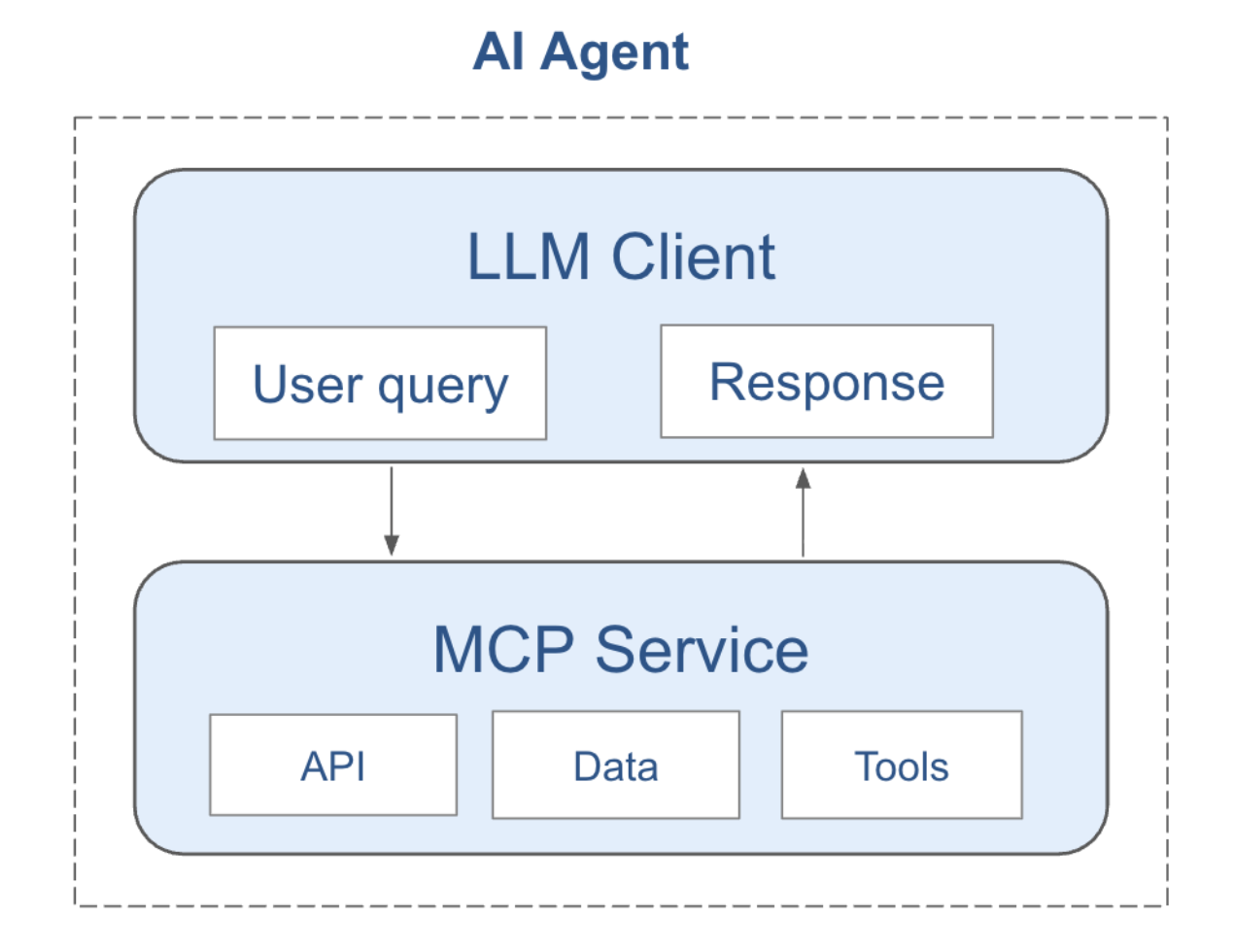
October 15, 2023
October 15, 2023
Salient Predictions Unveils New Type of North Atlantic Hurricane Forecast
.jpg)
Hurricane season is approaching, and Salient has developed a new type of forecast based on our novel ocean insights and machine learning methods. We expect an energetic Atlantic hurricane season, similar in intensity to last year’s.
Hurricanes are among the most expensive natural disasters that can impact land, so powerful in part because they tap the huge amount of heat energy stored in the ocean by a summer’s worth of sunshine. Coastal areas are increasingly vulnerable due to property development (humans love the shore). Ever-expanding construction, combined with rising ocean temperatures and erosion, will likely be devastating to the North American coast, costing human lives, causing massive amounts of property damage and driving evacuations. As climate change progresses, these threats will increase in magnitude and frequency. It’s ever more critical that we improve our understanding and our ability to predict the conditions under which hurricanes occur.
The ongoing global warming trends suggest that the coming season will be more active than the long term average. In addition, a decaying La Nina situation in the tropical Pacific indicates that the inhibiting effect of wind shear (present when an El Nino is active will be absent). So, both of these main indicators suggest an above-average season for tropical cyclones and hurricanes in the North Atlantic.
Our forecast focuses on seasonal “Accumulated Cyclone Energy” — or ACE — which is a measure related to the total wind energy in a season’s tropical cyclones and hurricanes. The annual ACE index attempts to quantify the destructive power for the whole season, and serves as a crude predictor for the total cost of hurricane damages. ACE is calculated by summing the squares of the maximum wind speed every 6 hours for the life of named storms (in 10⁴ knots squared). Figure 1 (below) shows the annual ACE index over the past 70 years. Some long-term variations are apparent; the ‘70s and ‘80s were relatively quiet, and there has been a general upward trend since 1990. But year-to-year variability remains high.

It’s also useful to calculate ACE month-by-month. The seasonal cycle of ACE shows a reliable pattern: it always peaks in September. That reflects the seasonal cycle in ocean temperatures, which always lag the heating from the Sun because water has enormous heat capacity. By the autumnal equinox, a lot of solar energy has accumulated in the upper ocean and is ripe for harvesting by tropical cyclones. Much progress has been made in developing better predictions of the path and intensity of these storms. The path is determined by the large-scale wind patterns, which standard meteorological models can predict up to two weeks ahead. More recently, intensity predictions have also improved as more data became available on ocean temperatures at depth.
Ocean surface temperatures have been monitored by satellite for a long time, but only in the last two decades have we established a reliable system of monitoring ocean temperatures at depth. This is the “ARGO” float program, which deploys thousands of profiling floats around the globe. The floats drift at depth for 10 days, then rise to the surface and report vertical profiles of temperature and salinity via satellite before returning to drift at depth. This allows us to monitor the heat content available in the path of a cyclone. A cyclone can draw much more energy out of a deep layer of warm water than it can out of a shallow surface layer of warmth. For example, in 2005, Hurricanes Katrina and Rita intensified dramatically when they crossed into the deep, warm water carried into the Gulf of Mexico by the Loop Current.

The pattern of monthly ACE has been averaged by decade in Figure 2 above. September is always the peak of activity, but there is a sizable difference (by nearly a factor of two) between the quiet decades of the ‘70s and ‘80s and the most recent two decades.
In Figure 3 below, we show the annual ACE for the last decade and our predictions through to this coming season. We are projecting an ACE index of 176: well above the average of 105.6, but slightly lower than last year, which was 182. NOAA would classify this as potentially an extremely active season, though activity also depends on how many storms actually occur.

We trained the model on data going back to 1950, based on the HURDAT2 database. Our neural network approach uses global data as inputs, deriving as much information as possible from the state of the ocean and the atmosphere. Initial tests of the model show a good robustness for extending the forecast range even further out. Next year, we will provide an automated weekly forecast, starting in January. We are also developing a predictor for the general locations of storms to allow a look at the probability of US East Coast, Gulf of Mexico or Caribbean landfalls. We will update these tropical storm forecasts every month.
Our core forecast engine’s superior accuracy enables us to also build industry-specific forecast products (e.g. our solutions for energy and agriculture customers, among others) that vastly outperform market alternatives.
Can your company use more accurate weather forecasts? Yes. Yes, they can. Contact Salient Predictions at info@salientpredictions.com.
October 15, 2023
October 15, 2023
Salient Predictions Unveils New Type of North Atlantic Hurricane Forecast
.jpg)
Hurricane season is approaching, and Salient has developed a new type of forecast based on our novel ocean insights and machine learning methods. We expect an energetic Atlantic hurricane season, similar in intensity to last year’s.
Hurricanes are among the most expensive natural disasters that can impact land, so powerful in part because they tap the huge amount of heat energy stored in the ocean by a summer’s worth of sunshine. Coastal areas are increasingly vulnerable due to property development (humans love the shore). Ever-expanding construction, combined with rising ocean temperatures and erosion, will likely be devastating to the North American coast, costing human lives, causing massive amounts of property damage and driving evacuations. As climate change progresses, these threats will increase in magnitude and frequency. It’s ever more critical that we improve our understanding and our ability to predict the conditions under which hurricanes occur.
The ongoing global warming trends suggest that the coming season will be more active than the long term average. In addition, a decaying La Nina situation in the tropical Pacific indicates that the inhibiting effect of wind shear (present when an El Nino is active will be absent). So, both of these main indicators suggest an above-average season for tropical cyclones and hurricanes in the North Atlantic.
Our forecast focuses on seasonal “Accumulated Cyclone Energy” — or ACE — which is a measure related to the total wind energy in a season’s tropical cyclones and hurricanes. The annual ACE index attempts to quantify the destructive power for the whole season, and serves as a crude predictor for the total cost of hurricane damages. ACE is calculated by summing the squares of the maximum wind speed every 6 hours for the life of named storms (in 10⁴ knots squared). Figure 1 (below) shows the annual ACE index over the past 70 years. Some long-term variations are apparent; the ‘70s and ‘80s were relatively quiet, and there has been a general upward trend since 1990. But year-to-year variability remains high.

It’s also useful to calculate ACE month-by-month. The seasonal cycle of ACE shows a reliable pattern: it always peaks in September. That reflects the seasonal cycle in ocean temperatures, which always lag the heating from the Sun because water has enormous heat capacity. By the autumnal equinox, a lot of solar energy has accumulated in the upper ocean and is ripe for harvesting by tropical cyclones. Much progress has been made in developing better predictions of the path and intensity of these storms. The path is determined by the large-scale wind patterns, which standard meteorological models can predict up to two weeks ahead. More recently, intensity predictions have also improved as more data became available on ocean temperatures at depth.
Ocean surface temperatures have been monitored by satellite for a long time, but only in the last two decades have we established a reliable system of monitoring ocean temperatures at depth. This is the “ARGO” float program, which deploys thousands of profiling floats around the globe. The floats drift at depth for 10 days, then rise to the surface and report vertical profiles of temperature and salinity via satellite before returning to drift at depth. This allows us to monitor the heat content available in the path of a cyclone. A cyclone can draw much more energy out of a deep layer of warm water than it can out of a shallow surface layer of warmth. For example, in 2005, Hurricanes Katrina and Rita intensified dramatically when they crossed into the deep, warm water carried into the Gulf of Mexico by the Loop Current.

The pattern of monthly ACE has been averaged by decade in Figure 2 above. September is always the peak of activity, but there is a sizable difference (by nearly a factor of two) between the quiet decades of the ‘70s and ‘80s and the most recent two decades.
In Figure 3 below, we show the annual ACE for the last decade and our predictions through to this coming season. We are projecting an ACE index of 176: well above the average of 105.6, but slightly lower than last year, which was 182. NOAA would classify this as potentially an extremely active season, though activity also depends on how many storms actually occur.

We trained the model on data going back to 1950, based on the HURDAT2 database. Our neural network approach uses global data as inputs, deriving as much information as possible from the state of the ocean and the atmosphere. Initial tests of the model show a good robustness for extending the forecast range even further out. Next year, we will provide an automated weekly forecast, starting in January. We are also developing a predictor for the general locations of storms to allow a look at the probability of US East Coast, Gulf of Mexico or Caribbean landfalls. We will update these tropical storm forecasts every month.
Our core forecast engine’s superior accuracy enables us to also build industry-specific forecast products (e.g. our solutions for energy and agriculture customers, among others) that vastly outperform market alternatives.
Can your company use more accurate weather forecasts? Yes. Yes, they can. Contact Salient Predictions at info@salientpredictions.com.
About Salient
Salient combines ocean and land-surface data with machine learning and climate expertise to deliver accurate and reliable subseasonal-to-seasonal weather forecasts and industry insights—two to 52 weeks in advance. Bringing together leading experts in physical oceanography, climatology and the global water cycle, machine learning, and AI, Salient helps enterprise clients improve resiliency, increase preparedness, and make better decisions in the face of a rapidly changing climate. Learn more at www.salientpredictions.com and follow on LinkedIn and X.



